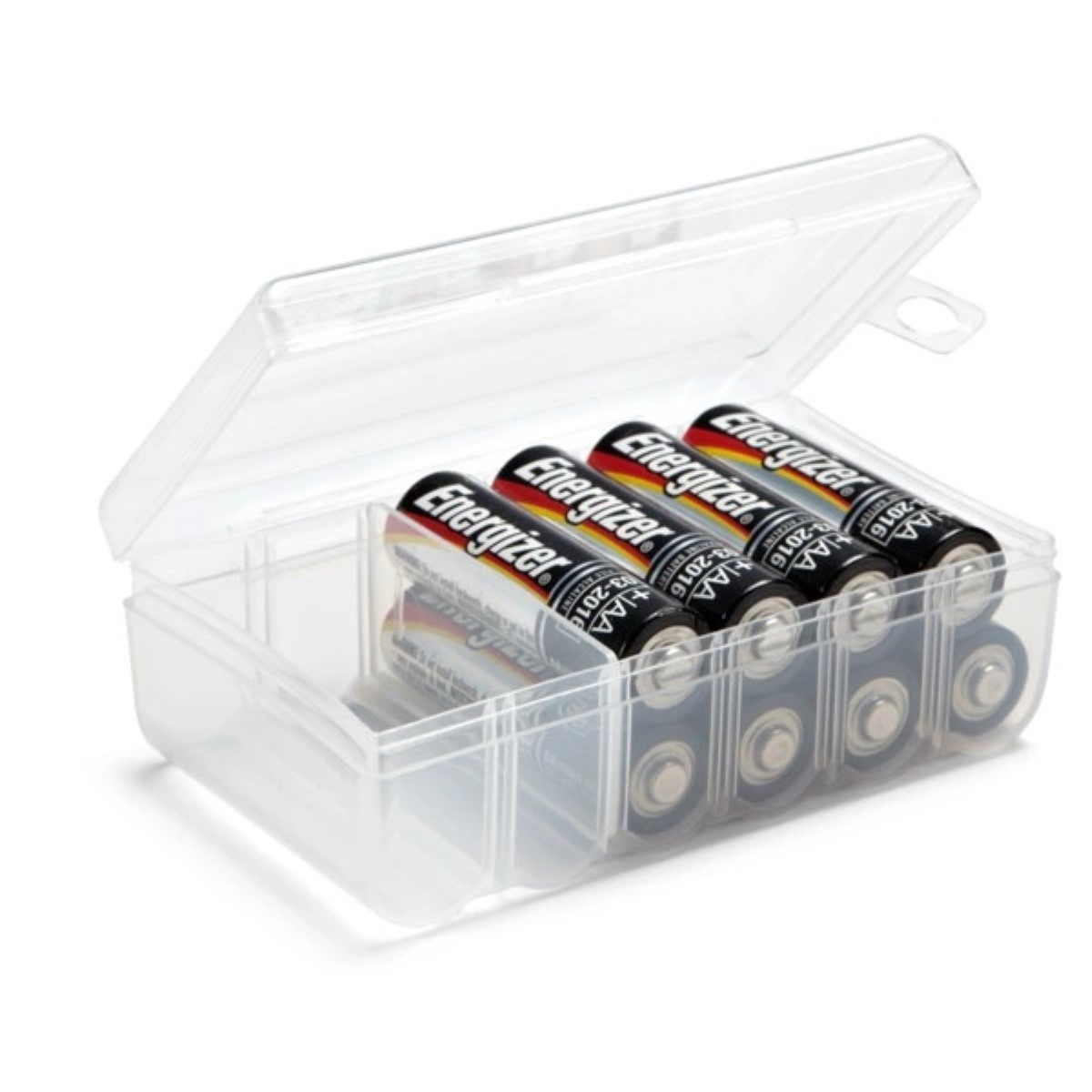

Articles
How To Store 18650 Batteries
Modified: January 6, 2024
Learn how to store 18650 batteries safely and efficiently with our informative articles. Discover the best practices for prolonging battery life and preventing any potential hazards.
(Many of the links in this article redirect to a specific reviewed product. Your purchase of these products through affiliate links helps to generate commission for Storables.com, at no extra cost. Learn more)
Introduction
Welcome to the world of 18650 batteries! These powerful lithium-ion rechargeable cells have gained immense popularity for their use in various devices, from flashlights and e-cigarettes to laptops and electric vehicles. As a responsible owner of 18650 batteries, it is essential to know how to store them properly to ensure their longevity and safety.
Storing 18650 batteries correctly not only helps preserve their performance but also eliminates potential risks such as leakage, excessive self-discharge, and even the possibility of fire or explosion. In this article, we will guide you through the best practices for storing and maintaining your 18650 batteries, ensuring their longevity and your peace of mind.
Key Takeaways:
- Proper storage and maintenance of 18650 batteries is essential for longevity and safety. Prioritize safety precautions, create a suitable storage environment, choose the right container, and follow recommended charging and discharging guidelines.
- Implement labeling and organization strategies, regularly check battery storage life, and responsibly recycle expired batteries. By following these practices, you can ensure the reliability and longevity of your 18650 batteries while contributing to environmental conservation.
Read more: How To Store A Battery
Safety Precautions
When it comes to 18650 batteries, safety should always be the top priority. These batteries contain a high amount of energy and need to be handled with care to prevent accidents. Here are some essential safety precautions to follow when storing 18650 batteries:
- Avoid physical damage: Do not drop, crush, or puncture the battery. Any physical damage can lead to leakage or an internal short circuit, which can result in a hazardous situation.
- Avoid exposure to water: Keep your 18650 batteries away from water or any moisture source. Water can cause corrosion and potentially damage the battery’s internal components.
- Keep away from flammable materials: Do not store your batteries near flammable substances, such as gasoline or aerosol cans. In the event of a battery malfunction, the flammable materials can intensify the situation and pose a greater risk of fire.
- Avoid extreme temperatures: Keep your 18650 batteries in an environment with a stable temperature range. Avoid exposing them to extreme heat or cold, as it can negatively impact their performance and lifespan.
- Prevent short circuits: To prevent accidental short circuits, make sure to store your batteries in a container that prevents contacts from touching each other or any other conductive materials.
- Be cautious with damaged batteries: If you notice any signs of damage, such as swelling, leakage, or overheating, avoid using or storing the battery. Dispose of it appropriately according to local regulations.
By following these safety precautions, you can minimize the risk of accidents and ensure the safe storage of your 18650 batteries.
Proper Storage Environment
Creating the right storage environment for your 18650 batteries is crucial for their longevity and overall performance. Here are some tips on how to ensure a proper storage environment:
- Avoid humidity: Moisture can lead to corrosion and can damage the battery’s internal components. Store your batteries in a dry environment to minimize the risk of moisture-related issues.
- Maintain moderate temperature: Extreme temperatures can impact the performance and lifespan of your batteries. Ideally, store them in a cool and dry place with temperatures ranging between 20°C to 25°C (68°F to 77°F).
- Keep away from direct sunlight: Direct sunlight can cause heat buildup and potentially damage the batteries. Store them in a shaded area away from direct exposure to sunlight.
- Choose a well-ventilated area: Proper ventilation helps dissipate any heat generated by the batteries and reduces the risk of overheating. Avoid storing them in confined spaces where heat can build up.
- Shield from dust and debris: Dust and other particles can settle on the battery’s contacts or vents, interfering with its performance. Store your batteries in a clean container or case to protect them from dust and debris.
- Avoid storing near magnets: Magnets can affect the performance and potentially demagnetize the battery. Keep them away from strong magnetic fields or objects.
By providing a proper storage environment for your 18650 batteries, you can ensure their stability, maximize their lifespan, and maintain their overall performance.
Choosing the Right Container
When it comes to storing your 18650 batteries, selecting the appropriate container is essential for their safety and protection. Here are some factors to consider when choosing the right container:
- Material: Opt for a container made of non-conductive material such as plastic, silicone, or rubber. This helps prevent accidental short circuits and ensures the safety of your batteries.
- Size: Choose a container that can snugly accommodate your 18650 batteries without excessive movement. This minimizes the risk of physical damage and accidental contacts between the batteries.
- Individual compartments: Look for a container that has individual compartments for each battery. This helps prevent any accidental contacts or movement that can lead to short circuits or damage.
- Protection against external elements: Ensure that the container provides adequate protection against dust, moisture, and other external elements that can potentially affect the battery’s performance.
- Secure closure: Choose a container with a secure closure mechanism, such as a snap-on lid or a zipper. This ensures that the batteries remain safely enclosed and prevents any accidental openings or spills.
- Labeling capability: Consider a container that allows you to label or mark each compartment. Proper labeling helps in organizing and identifying different batteries based on their usage, age, or performance.
Remember, the goal of choosing the right container is to provide a safe and organized storage solution for your 18650 batteries. By considering these factors, you can ensure the longevity and safety of your batteries while keeping them easily accessible when needed.
Avoiding Physical Damage
Preventing physical damage to your 18650 batteries is vital for their safe storage and optimal performance. Here are some practices to follow to avoid any physical damage:
- Handle with care: When handling 18650 batteries, be gentle and avoid dropping, crushing, or applying excessive force to them. Rough handling can lead to damage to the battery’s casing or internal components.
- Avoid sharp objects: Keep your batteries away from sharp or pointed objects that could puncture the battery’s outer covering. A punctured battery poses a safety risk and may leak hazardous chemicals.
- Use battery cases or sleeves: Invest in battery cases or sleeves for additional protection during storage and transportation. These are specifically designed to shield the batteries from impact and minimize the risk of physical damage.
- Avoid loose storage: Ensure that your batteries are stored securely in their designated compartments or holders. Loose batteries can come into contact with each other, potentially causing accidental short circuits and damage.
- Separate from metal objects: When storing your batteries, keep them away from metal objects such as coins, keys, or other conductive materials. Metal objects can cause a short circuit if they come into contact with the battery’s positive and negative terminals.
- Inspect regularly: Regularly inspect your batteries for any signs of damage or wear. If you notice any bulging, dents, or leaks, discontinue use and properly dispose of the battery.
By following these precautions and handling your 18650 batteries with care, you can avoid physical damage and ensure their longevity and safety during storage.
Read more: How To Store Batteries
Avoiding Extreme Temperatures
Extreme temperatures can have a significant impact on the performance, lifespan, and overall safety of your 18650 batteries. It is important to store them in an environment with moderate temperatures to avoid any potential issues. Here are some tips for avoiding extreme temperatures:
- Avoid high temperatures: Exposing your 18650 batteries to high temperatures, such as leaving them in a hot car or near heat sources, can cause damage to the battery’s internal components. This can lead to reduced capacity, shorter lifespan, or even the risk of leakage or explosion.
- Avoid low temperatures: Extremely cold temperatures can also affect the performance of your batteries. Cold environments can cause a decrease in overall battery capacity and increase the internal resistance, resulting in reduced runtime or even temporary failure to operate.
- Store at room temperature: The ideal storage temperature range for 18650 batteries is generally between 20°C to 25°C (68°F to 77°F). This temperature range ensures optimal performance and minimizes the risk of any adverse effects.
- Avoid rapid temperature changes: Rapid temperature fluctuations can be detrimental to the batteries. Try to avoid exposing them to sudden changes in temperature and provide a stable environment for storage.
- Keep away from direct heat sources: Do not store your batteries near direct heat sources like radiators, ovens, or heaters. Heat sources can significantly impact the battery’s performance and increase the risk of damage.
- Do not expose to extreme cold: Avoid leaving your batteries in extremely cold environments for extended periods. If necessary, allow them to acclimate to room temperature before using or charging them.
By following these guidelines and avoiding extreme temperatures, you can maintain the performance and longevity of your 18650 batteries, ensuring they are ready for use when you need them.
Store 18650 batteries in a cool, dry place at room temperature. Avoid extreme temperatures and direct sunlight. Use a plastic case or silicone sleeve to prevent short circuits. Check the charge every few months and recharge if necessary.
Charging and Discharging Recommendations
Proper charging and discharging practices play a crucial role in maintaining the performance and lifespan of your 18650 batteries. Here are some recommendations to follow:
- Use a compatible charger: When charging your 18650 batteries, use a charger specifically designed for lithium-ion batteries. Do not use chargers that are not compatible or meant for other battery types, as it can lead to overcharging or damage to the batteries.
- Follow manufacturer’s instructions: Always refer to the manufacturer’s instructions and guidelines for charging and discharging your specific 18650 batteries. Each battery model may have different requirements and limits.
- Avoid overcharging: Do not leave your batteries unattended while charging and avoid overcharging them. Once they are fully charged, promptly disconnect them from the charger to prevent overcharging, which can reduce the battery’s lifespan.
- Don’t discharge fully: It is generally recommended to avoid fully discharging your 18650 batteries. Lithium-ion batteries perform best when they are not discharged below a certain level, which is usually around 3.2 to 3.4 volts. Discharging them too low can lead to reduced capacity or even permanent damage.
- Charge before storage: If you plan to store your 18650 batteries for an extended period, it is advisable to charge them to around 50% capacity before storage. This helps prevent self-discharge and ensures better longevity during the storage period.
- Avoid rapid charging: While some 18650 batteries may support rapid charging, it is generally recommended to use a slower charging method for better battery health. Rapid charging can generate more heat and accelerate the battery’s aging process.
- Monitor battery temperature: Keep an eye on the battery’s temperature during charging and discharging. If you notice excessive heat or abnormal temperature rise, stop using the battery and allow it to cool down before further use.
- Use reputable charging cables and adapters: To ensure the safety and reliability of the charging process, use high-quality charging cables and adapters from reputable manufacturers. This helps minimize the risk of overcharging, overheating, or other potential issues.
By following these recommendations, you can optimize the charging and discharging process, maximizing the performance and lifespan of your 18650 batteries.
Labeling and Organizing
Labeling and organizing your 18650 batteries is essential for easy identification, tracking their usage, and ensuring proper rotation. Proper labeling and organization help you maintain a clear overview of your battery inventory. Here are some tips to help you label and organize your batteries effectively:
- Label each battery: Use a permanent marker or labels to mark each of your 18650 batteries with unique identifiers. You can include information such as the date of purchase, usage designation (e.g., flashlight, vape), or any other relevant details.
- Use color-coded labels: To make it even easier to identify batteries, consider using color-coded labels. Assign different colors to different battery applications or age groups. This visual identification system helps in quickly identifying the right battery for the intended device or purpose.
- Organize by usage: Group your batteries based on their specific applications or devices. For example, keep batteries used in flashlights separate from those used in e-cigarettes or other devices. This way, you can easily grab the right battery when needed.
- Implement a rotation system: To ensure that your batteries are used evenly and avoid any battery deterioration due to extended storage periods, implement a rotation system. Use older batteries first before moving on to newer ones, ensuring that all batteries receive equal usage over time.
- Have a dedicated storage container: Use a designated storage container for your labeled and organized batteries. This can be a battery case, a plastic box with dividers, or any other suitable container that keeps the batteries secure and prevents accidental contacts.
- Keep an inventory list: To stay organized, create an inventory list of all your batteries. Include details such as the battery model, capacity, date of purchase, and any other relevant information. Update the list as needed and refer to it when you need to manage or replace batteries.
- Regularly check and maintain: Schedule regular checks of your battery storage area to ensure that the batteries are still properly labeled and organized. Replace any worn-out labels or update information as necessary. This practice helps maintain an efficient and functional battery storage system.
By implementing effective labeling and organization strategies, you can easily manage and keep track of your 18650 batteries, ensuring their optimal usage and longevity.
Checking for Storage Life
Periodically checking the storage life of your 18650 batteries is important to ensure their viability and performance. Over time, even unused batteries can experience self-discharge and degradation. Here are some steps to check the storage life of your batteries:
- Inspect the battery’s appearance: Check for any visible signs of damage, such as swelling, leakage, or corrosion. Any abnormality may indicate that the battery is no longer suitable for use.
- Measure the voltage: Use a multimeter or voltage tester to measure the voltage of each battery. A healthy 18650 battery should have a voltage reading close to its nominal voltage, typically around 3.7 to 4.2 volts.
- Compare to the manufacturer’s recommendations: Refer to the manufacturer’s specifications or guidelines for the battery’s storage life. Compare the measured voltage to the recommended voltage range provided by the manufacturer.
- Consider the discharge rate: Some 18650 batteries have a higher self-discharge rate than others. If you notice that a battery’s voltage drops significantly between checks, it may indicate a higher self-discharge rate or a compromised storage life.
- Repeat the check periodically: To ensure ongoing monitoring, it is advisable to repeat the storage life check periodically, especially if you store your batteries for an extended period. This helps in identifying any changes in the battery’s characteristics over time.
- Dispose of expired batteries properly: If a battery’s storage life has expired or it shows significant degradation, it is important to dispose of it properly according to local regulations. Do not attempt to use an expired or damaged battery as it may pose safety risks.
Regularly checking the storage life of your 18650 batteries allows you to assess their viability and make informed decisions about their usage or disposal. By staying vigilant and properly managing your batteries, you can ensure their reliability and prolong their overall lifespan.
Read more: How To Store Rechargeable Batteries
Recycling and Disposal Options
When it comes to the end of their life cycle, it is important to properly dispose of and recycle your 18650 batteries. Here are some options for recycling and disposing of your batteries responsibly:
- Local recycling programs: Many communities have recycling programs that accept batteries, including 18650 batteries. Research local recycling facilities or check with your municipal waste management department to find out if they accept lithium-ion batteries.
- Retailer or manufacturer recycling programs: Some battery retailers or manufacturers have recycling programs in place. They may offer drop-off locations or mail-in options for recycling your 18650 batteries. Check with the retailer or manufacturer from whom you purchased the batteries for details on their recycling programs.
- Battery recycling centers: Look for specialized battery recycling centers in your area. These centers are equipped to handle different types of batteries, including lithium-ion batteries like the 18650. They ensure proper disposal and recycling of the batteries in an environmentally friendly manner.
- Household hazardous waste facilities: Check if your local household hazardous waste facilities accept lithium-ion batteries. These facilities are designed to handle and dispose of various hazardous materials, including batteries.
- E-waste recycling centers: Some e-waste recycling centers accept batteries along with other electronic devices. These centers are equipped to handle the safe disposal and recycling of lithium-ion batteries.
- Proper preparation for recycling: Before recycling your 18650 batteries, it is recommended to place each battery in a separate plastic bag or tape over the terminals to prevent any accidental short circuits during transportation or storage.
- Follow recycling guidelines: Always follow the specific guidelines provided by the recycling facility or program. They may have instructions on drop-off locations, packaging requirements, or other necessary information for the proper recycling of lithium-ion batteries.
By responsibly recycling and disposing of your 18650 batteries, you can contribute to environmental conservation and prevent hazardous materials from entering landfills or causing harm to ecosystems. Ensure that you follow the appropriate processes and make use of the resources available in your community for proper battery recycling and disposal.
Conclusion
Properly storing and maintaining your 18650 batteries is crucial to ensure their longevity, safety, and optimal performance. By following the best practices outlined in this article, you can preserve the quality of your batteries and reduce the risk of accidents or damage. Here is a summary of the key points discussed:
First and foremost, prioritize safety by avoiding physical damage, keeping batteries away from flammable materials, and following all necessary precautions. Create a suitable storage environment by maintaining moderate temperatures, avoiding direct sunlight, and ensuring proper ventilation. Choose the right container made of non-conductive materials with individual compartments to prevent accidental contacts and maintain organization.
Additionally, follow recommended guidelines for charging and discharging your batteries, ensuring they are not overcharged or discharged too low. Implement labeling and organization strategies to easily identify and track your batteries, and consider using color-coded labels to streamline the process further. Regularly check the storage life of your batteries to assess their viability and dispose of expired batteries responsibly through recycling programs or dedicated recycling centers.
By consistently following these practices, you can prolong the life of your 18650 batteries and ensure they are in a safe and usable condition when needed. Remember, responsible storage and maintenance not only protect your investment but also contribute to a cleaner and more sustainable environment for everyone.
So, go ahead and implement these practices to store your 18650 batteries with confidence and peace of mind, knowing that you are taking the necessary steps to maximize their lifespan and minimize any potential risks.
Frequently Asked Questions about How To Store 18650 Batteries
Was this page helpful?
At Storables.com, we guarantee accurate and reliable information. Our content, validated by Expert Board Contributors, is crafted following stringent Editorial Policies. We're committed to providing you with well-researched, expert-backed insights for all your informational needs.
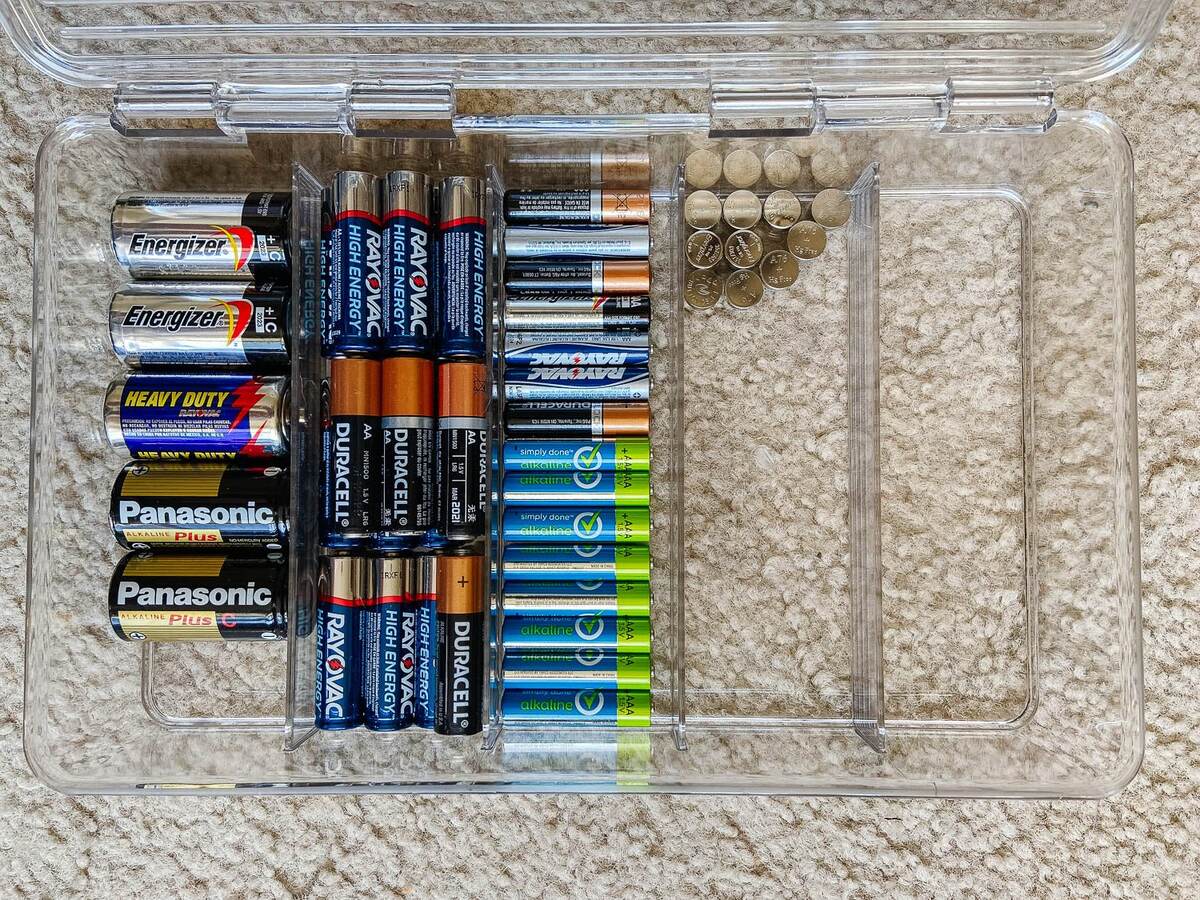
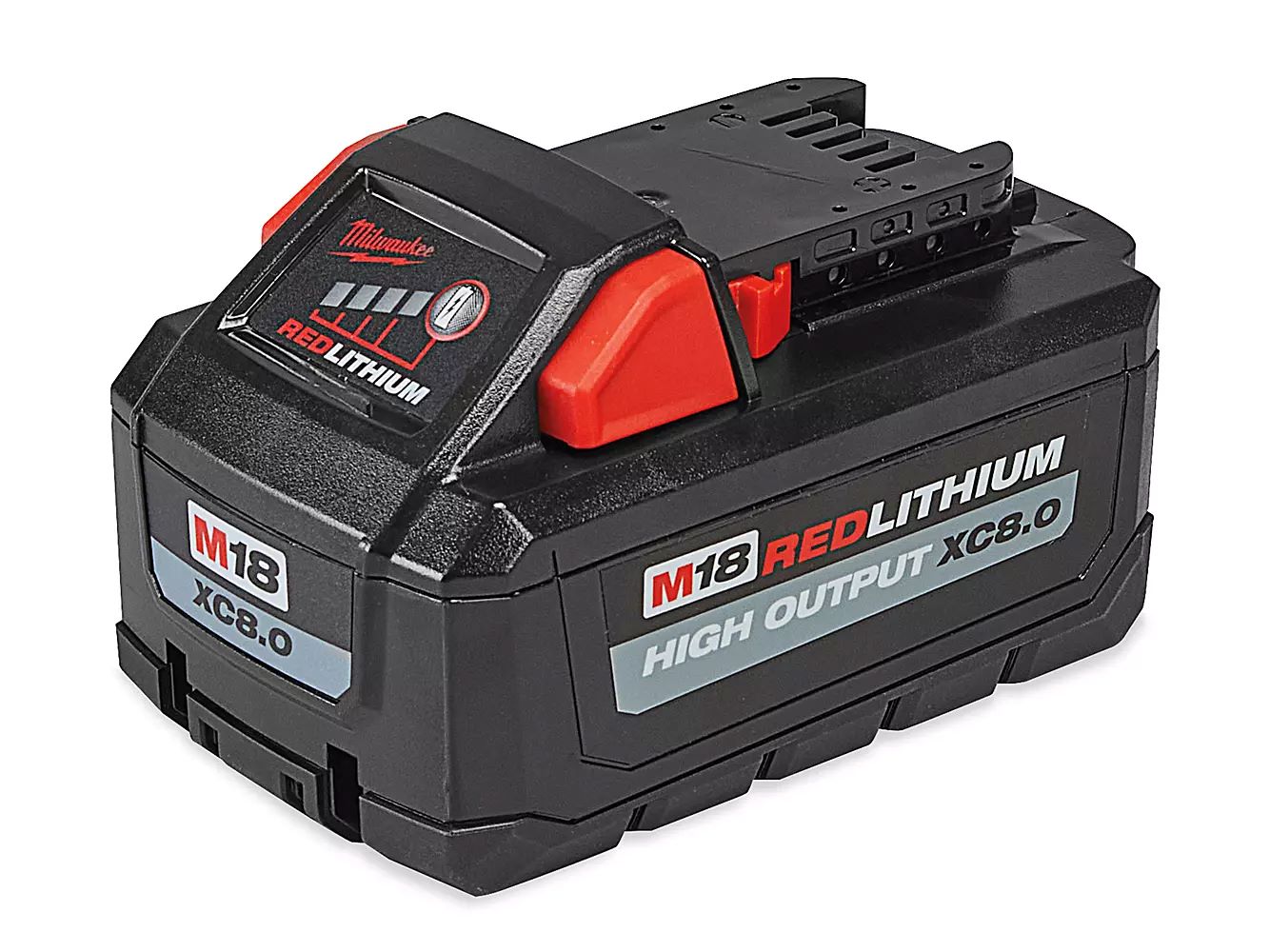
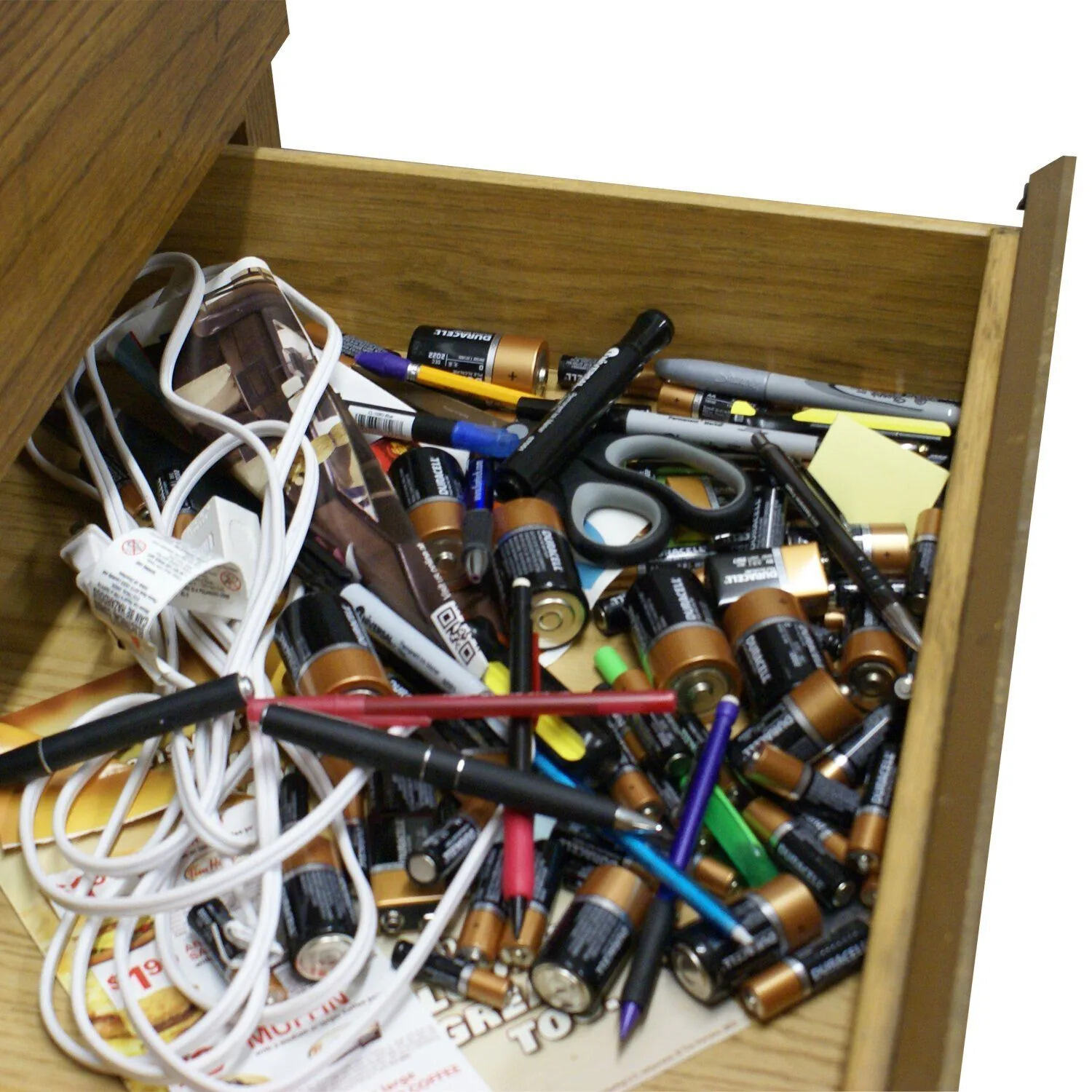
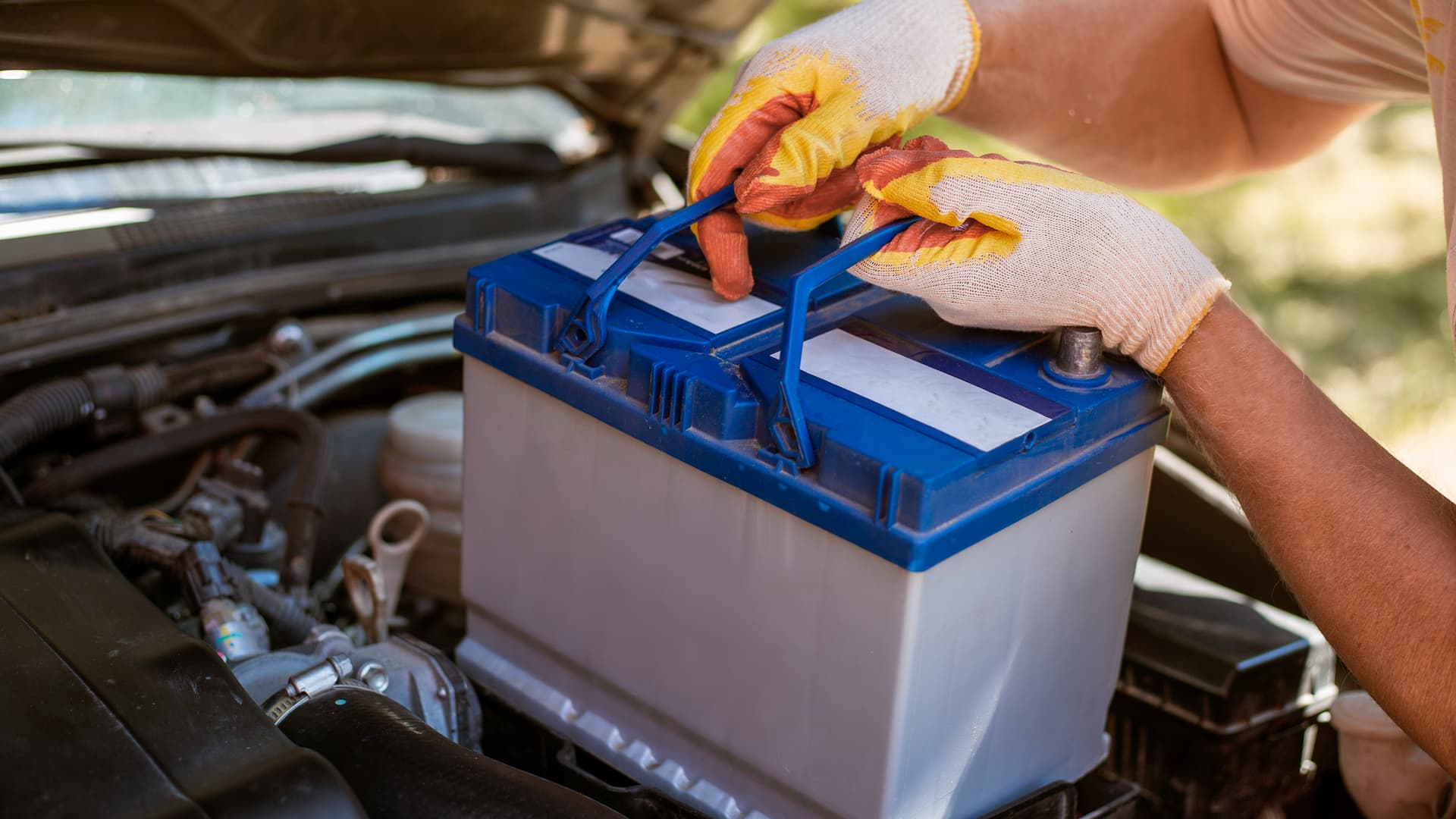
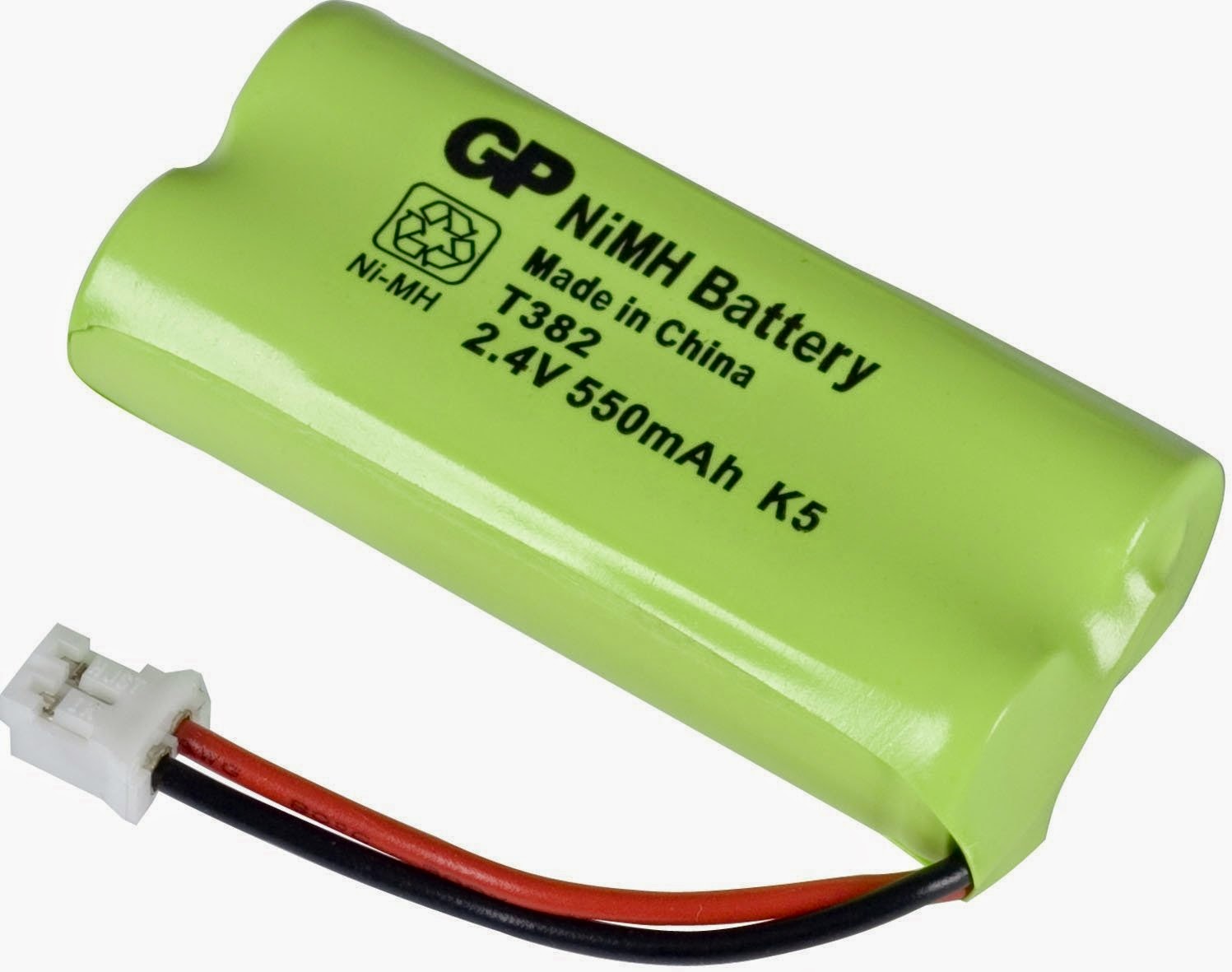
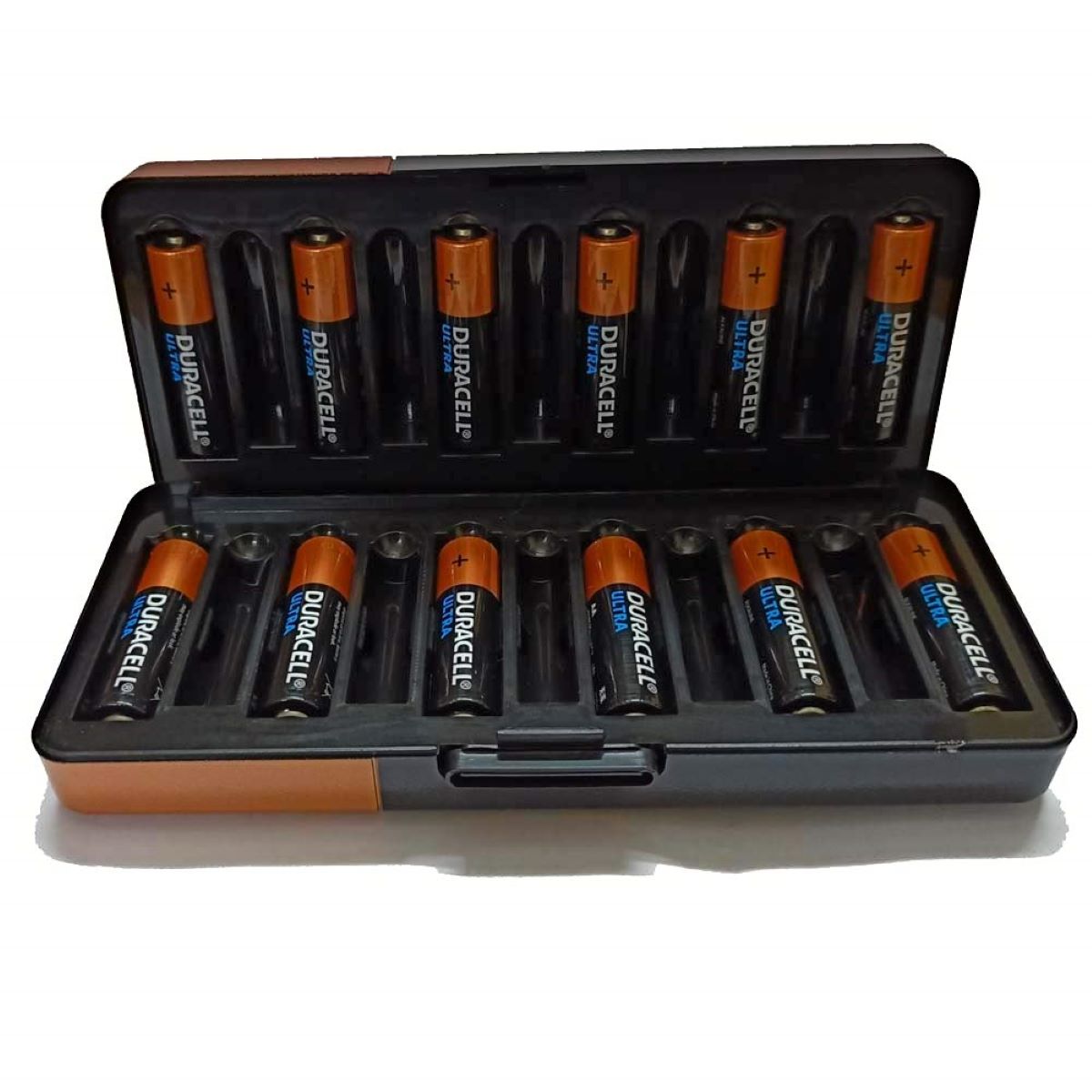
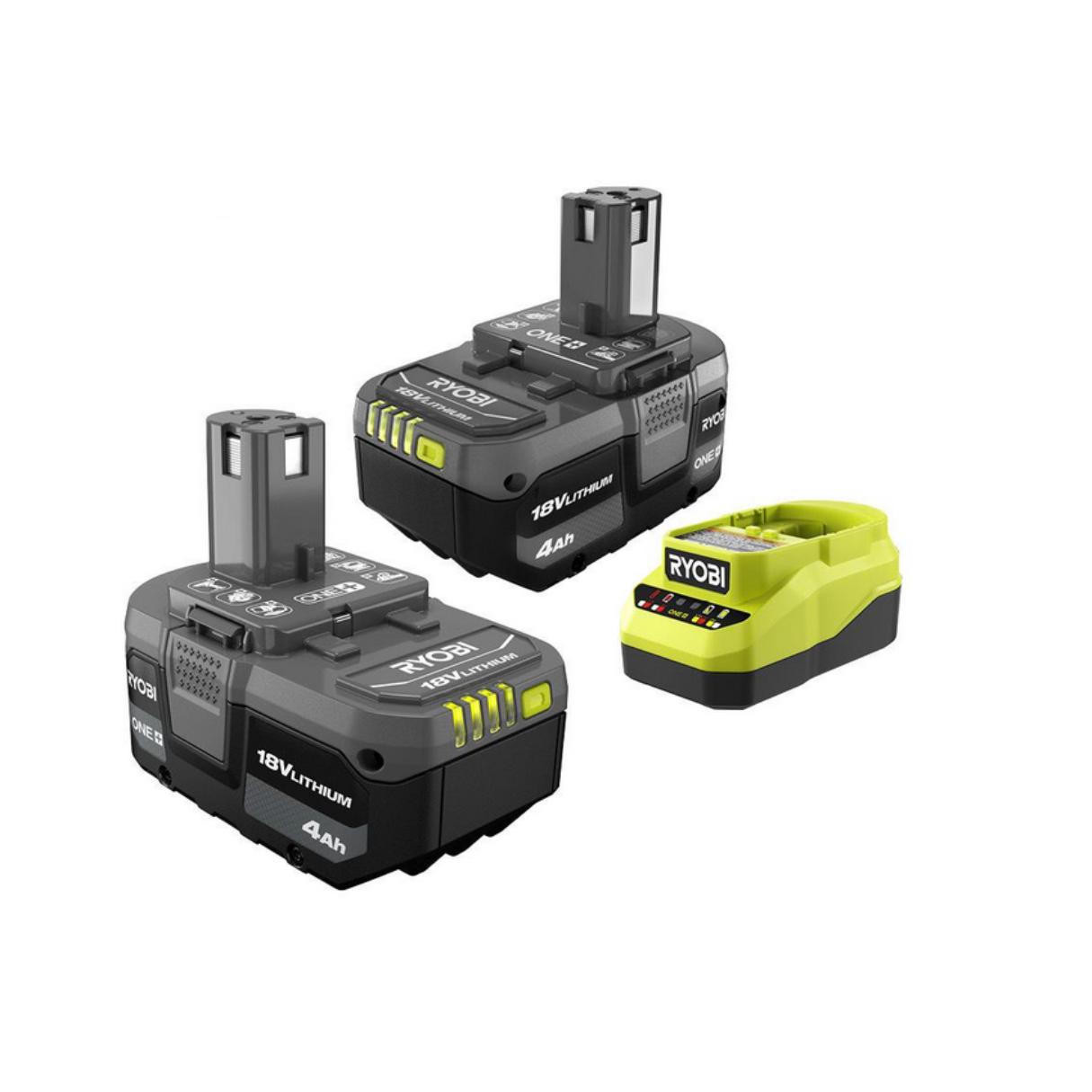
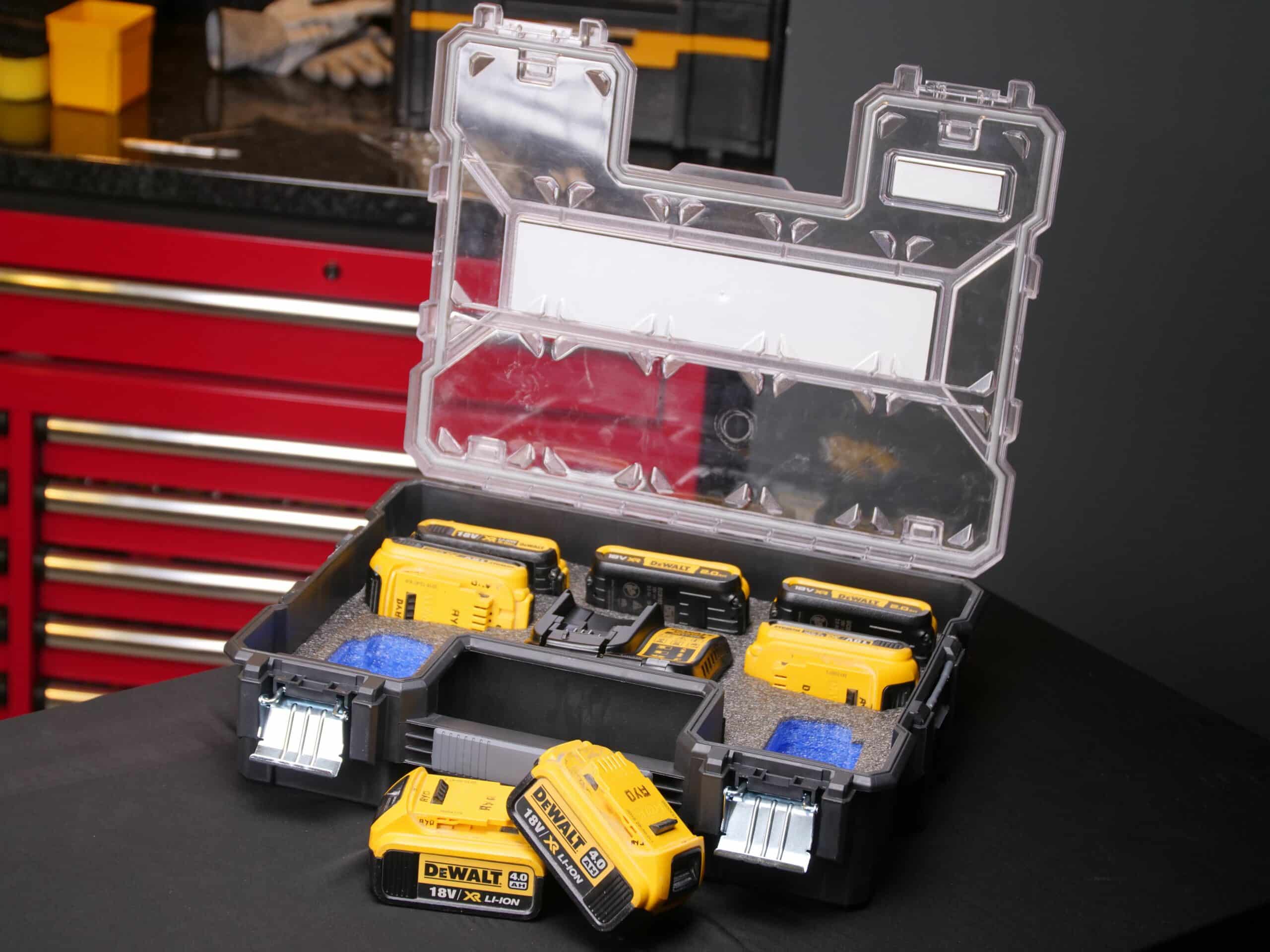
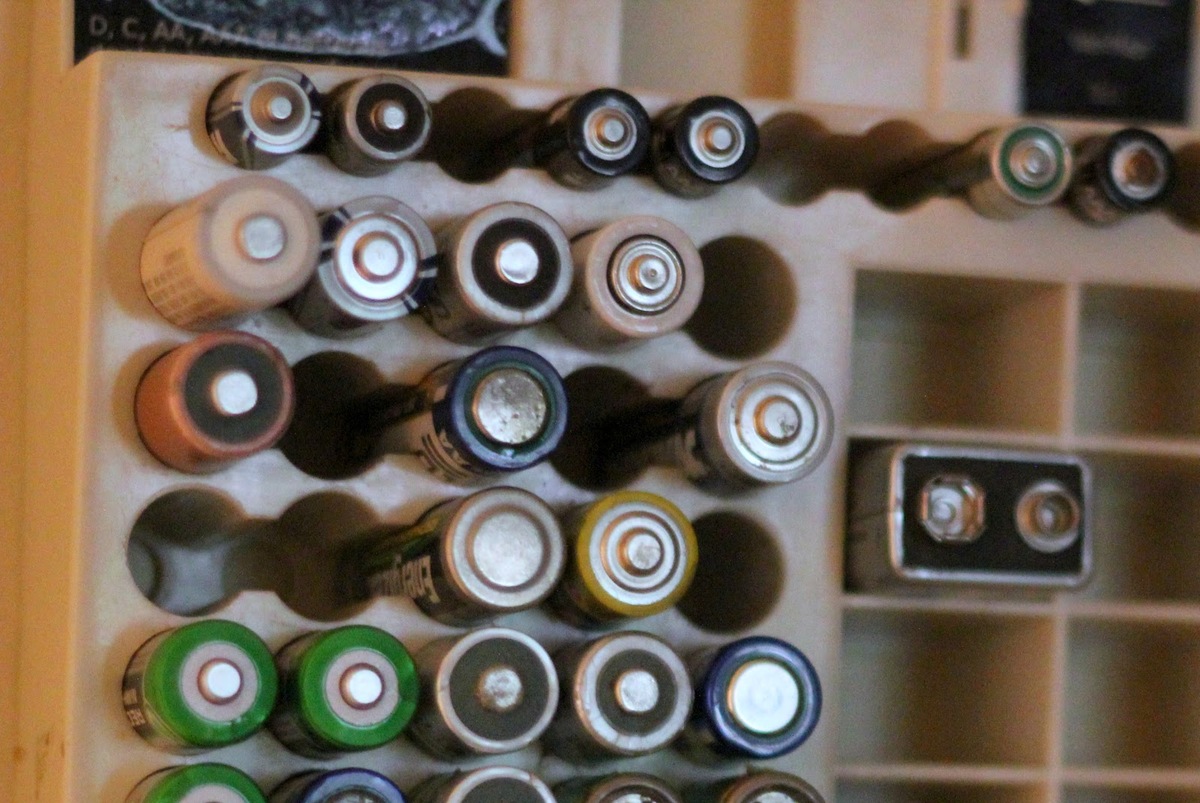
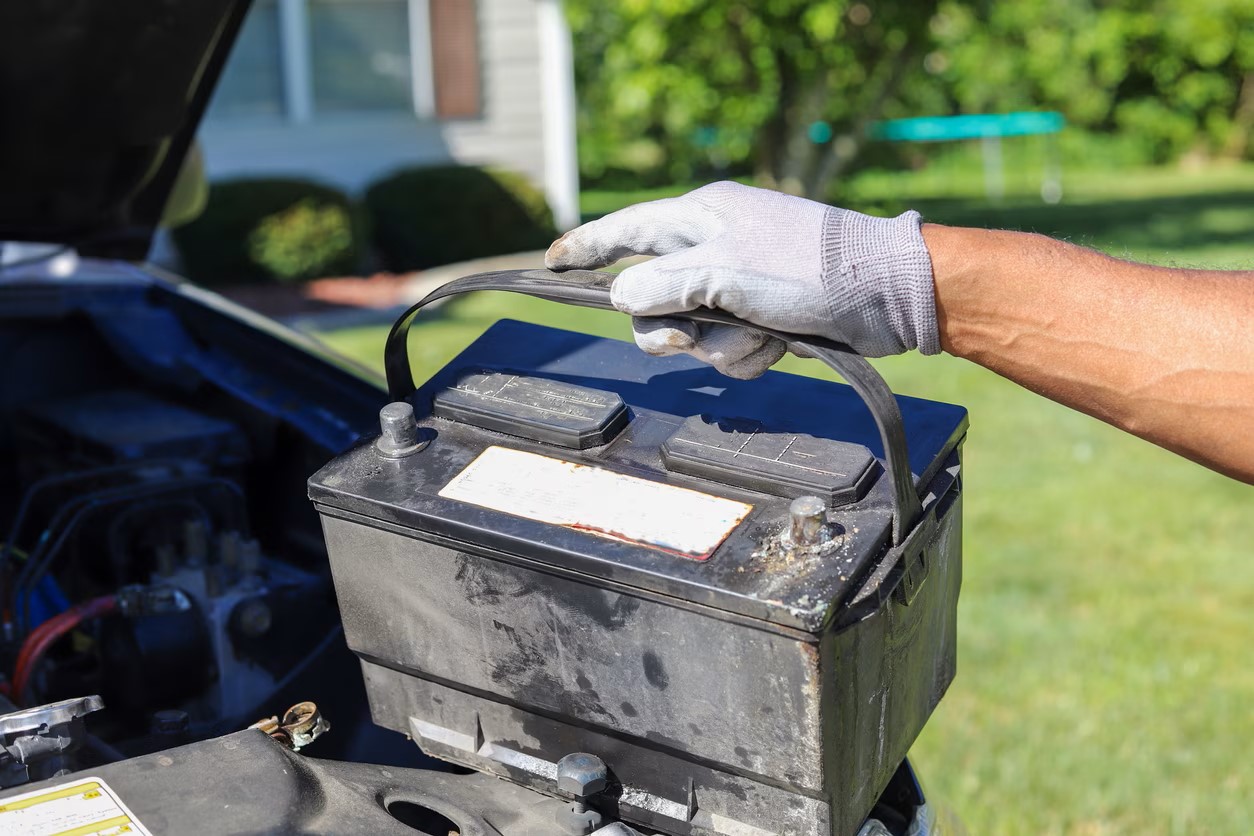
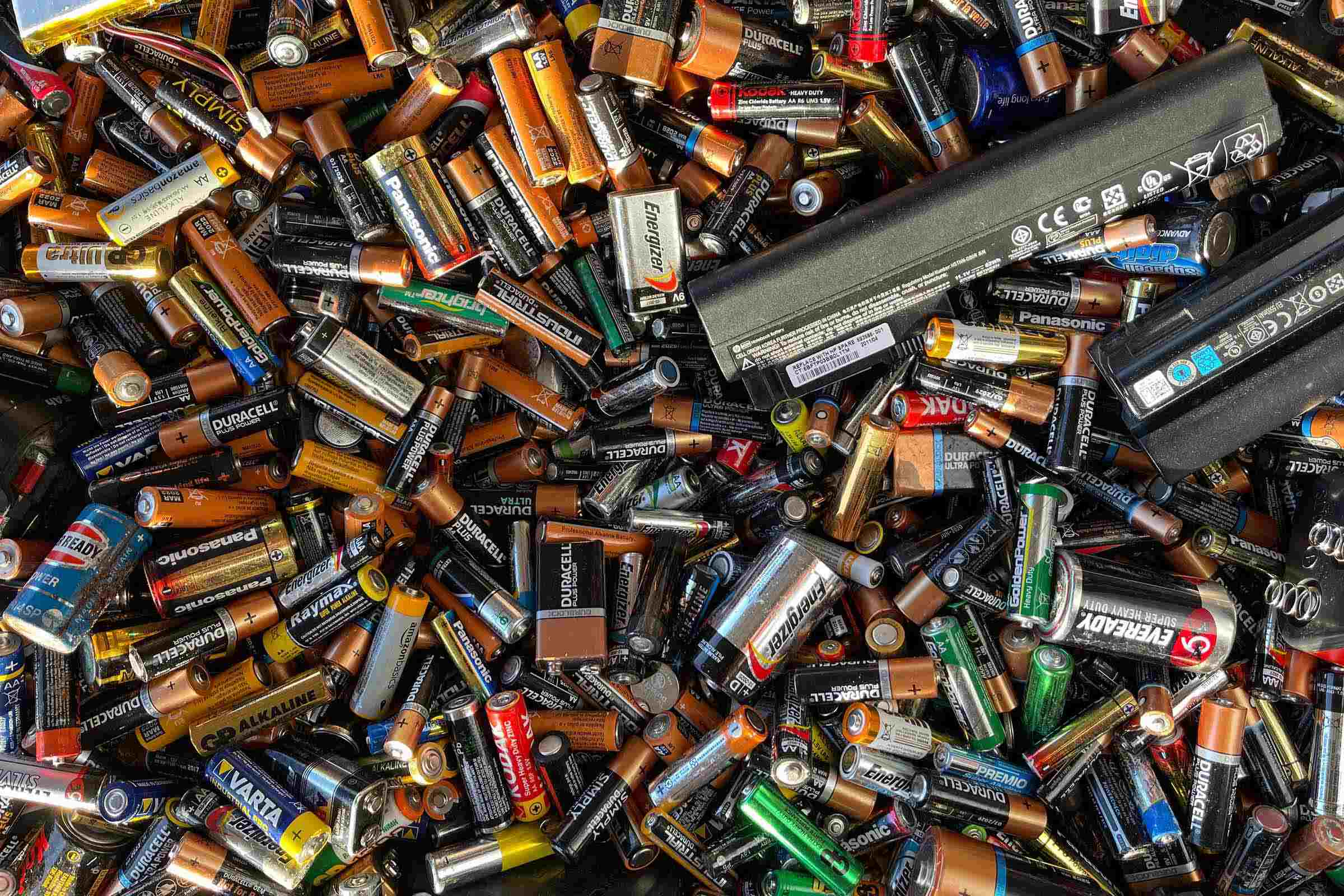
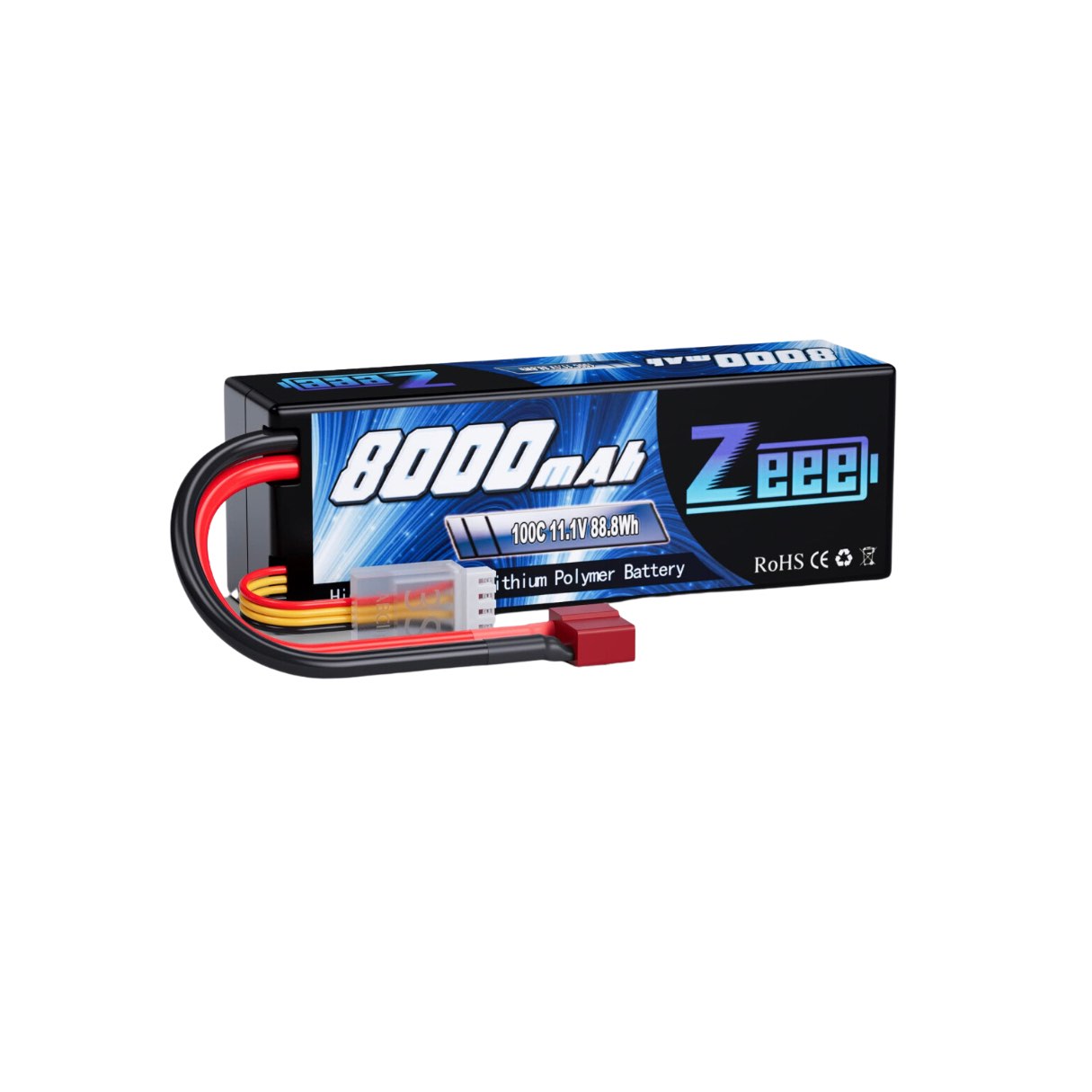
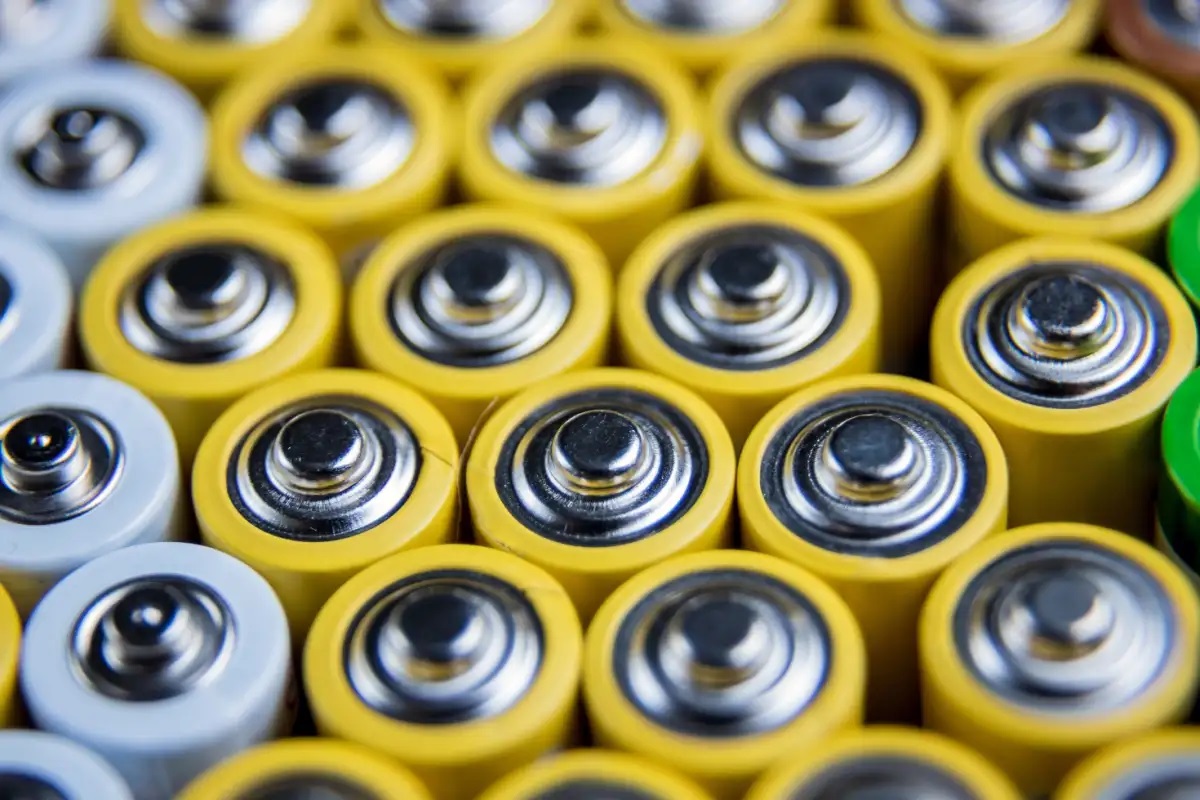

0 thoughts on “How To Store 18650 Batteries”